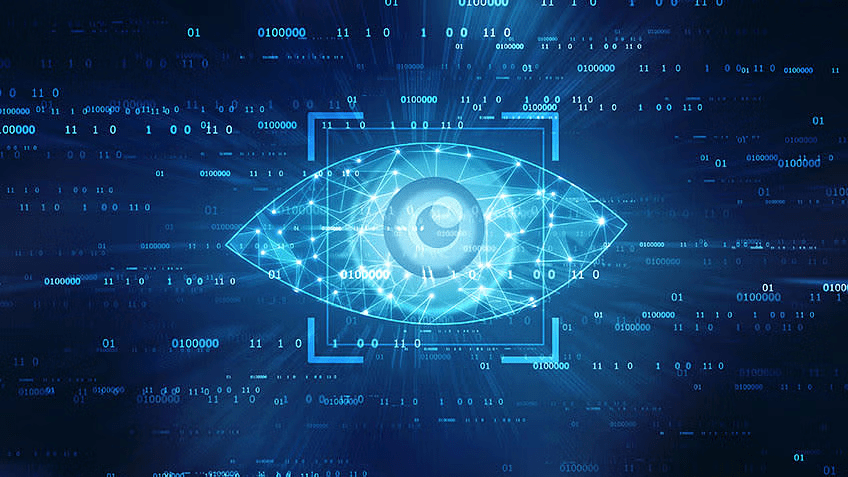Computer Vision: Visual Question Answering (VQA) is a field of artificial intelligence (AI) that combines computer vision and natural language processing (NLP) to enable machines to answer questions about visual content. In this blog, we’ll explore the technology behind VQA and the potential applications it could have in various industries.
What is the Computer Vision?
- How VQA Works
VQA systems use deep learning algorithms to analyze visual content and natural language questions. The process involves three main steps:
- Image processing: The system first analyzes the visual content (such as an image or video) to identify objects, colors, and other visual features.
- Question processing: The system then analyzes the natural language question to identify the relevant information.
- Answer generation: Finally, the system generates an answer to the question based on the image and question analysis.
- Applications of VQA
VQA has a wide range of potential applications, including:
- Healthcare: VQA could be used to help doctors and nurses identify medical conditions based on visual symptoms.
- Education: VQA could be used to create interactive learning tools that allow students to ask questions about visual content.
- Customer service: VQA could be used to create chatbots that can answer customer questions about products or services based on images or videos.
- Surveillance: VQA could be used to analyze video footage and identify suspicious activity.
- Potential Benefits and Concerns
The rise of VQA brings both benefits and concerns. Some potential benefits include:
- Improved accuracy: VQA systems can analyze visual content and natural language questions to provide accurate answers.
- Increased efficiency: VQA systems can analyze visual content and natural language questions quickly, reducing the need for manual analysis.
- Enhanced accessibility: VQA systems can make visual content accessible to people with disabilities who may not be able to analyze images or videos on their own.
However, there are also concerns regarding VQA. Some critics worry that VQA systems could be used to invade privacy or perpetuate bias if they are not properly designed and tested.
- Future Developments
VQA is still in its early stages, and there is much to be explored in terms of its potential applications and impact. As the technology continues to evolve, we may see VQA used in more industries and for a wider range of purposes. Additionally, there may be new developments in the technology itself, such as the ability to analyze visual content and natural language questions with even greater accuracy and efficiency.
In conclusion, VQA is an exciting field of artificial intelligence that combines computer vision and natural language processing. While there are both benefits and concerns, it’s clear that VQA will continue to play a significant role in the intersection of visual content and language processing, opening up new possibilities for interaction between humans and machines.

React Overview: An Introduction to the Popular JavaScript Framework




